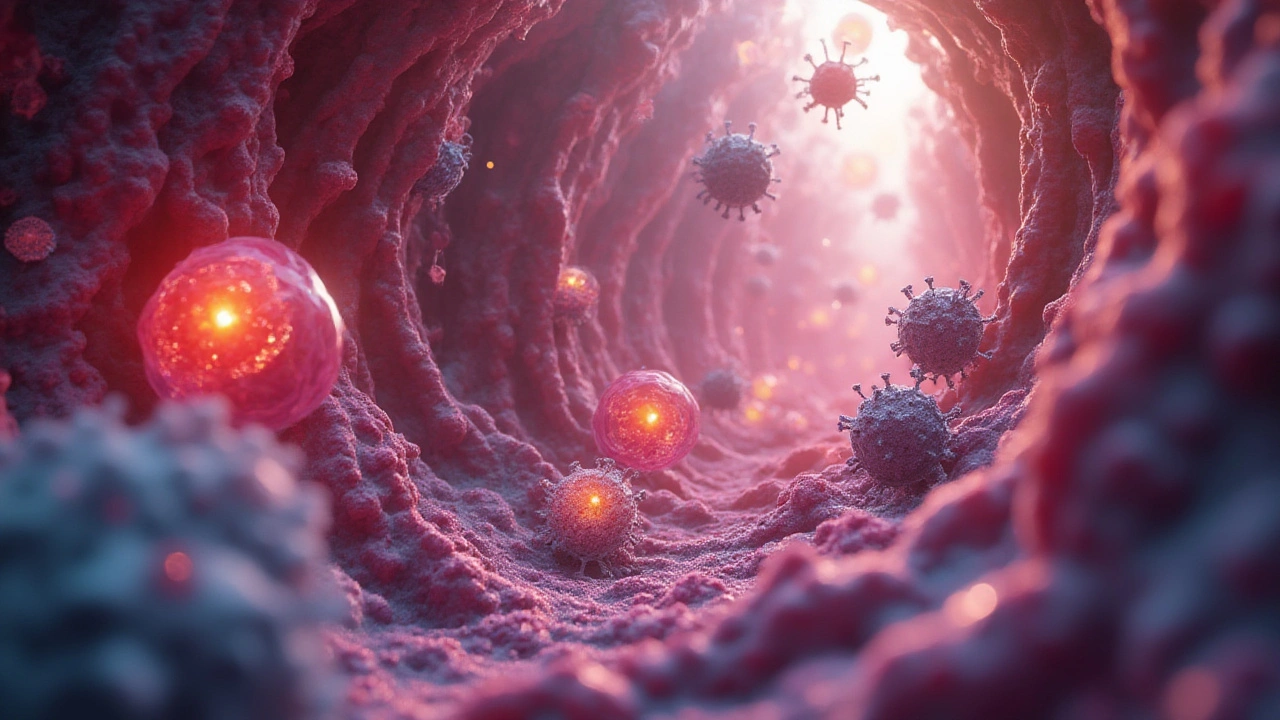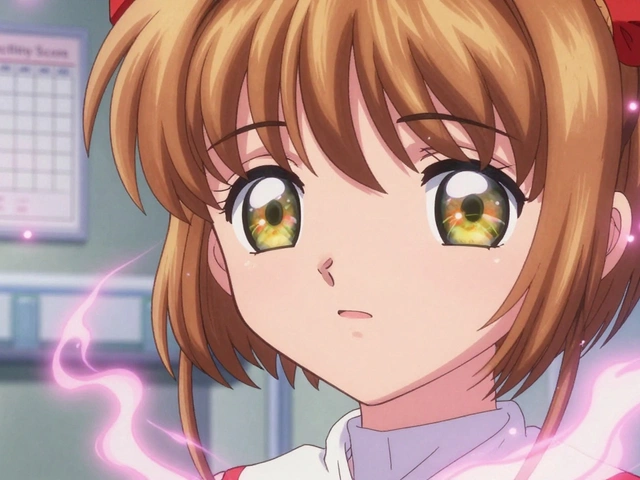Infectious Disease Mechanisms – What Makes Germs Sickening
Ever wonder why a tiny virus can knock you out for days while a bacteria can linger for weeks? The answer lies in the ways microbes hijack our bodies. Understanding those tricks helps you see why prevention works and why some treatments fail. Let’s break down the most common tactics pathogens use, in plain language and with real‑world examples.
How Pathogens Take Over Your Body
First, a germ has to get inside you. That could be through a sneeze, a bite, contaminated food, or even a tiny cut on your skin. Once it’s in, the microbe looks for a spot where it can attach and grow. Bacteria often stick to the lining of the lungs or gut using special proteins called adhesins. Viruses don’t have their own machinery, so they latch onto a cell’s surface and force the cell to copy the viral recipe.
After attachment, the next step is colonization. Think of it as setting up camp. The germ multiplies and creates a local crowd. Some bacteria release toxins that damage nearby tissue, making it easier for them to spread. Others, like Clostridium difficile, produce spores that can survive harsh conditions and jump to new hosts later. Viruses, on the other hand, may cause the infected cell to burst, spilling new virus particles into the surrounding area.
While the germ is busy, your immune system starts its own attack. White blood cells recognize foreign invaders and release signals to rally more defenders. Some pathogens have learned to hide from these alarms. For example, tuberculosis bacteria can live inside immune cells, protecting themselves from antibiotics and the body’s attacks. This “immune evasion” is a key reason why certain infections become chronic.
Key Mechanisms You Can Spot
Here are three mechanisms you’ll hear about most often:
- Toxin production: Some microbes secrete chemicals that directly damage cells or disrupt normal functions. Botulinum toxin, for instance, blocks nerve signals and can cause paralysis.
- Immune modulation: Certain viruses, like HIV, target immune cells themselves, weakening the whole defense system and leaving you vulnerable to other infections.
- Transmission tricks: Flu viruses change their surface proteins each season, a process called antigenic drift, which helps them sneak past existing immunity and cause new outbreaks.
Knowing these tricks is more than academic. It explains why vaccines target specific proteins, why antibiotics work on bacteria but not viruses, and why hand‑washing can stop a spread before the germ even reaches the colonization stage.
Below are some of the most popular articles on our site that dig deeper into specific diseases and treatments. Each one touches on at least one of the mechanisms described above:
- Tolvaptan in Personalized Medicine: Tailoring ADPKD and Hyponatremia Care
- Renal Osteodystrophy in Dialysis: Causes, Prevention, and Treatment Guide
- Understanding PTSD in Refugees: Mental Health Crisis and Support Strategies
- How to Fact-Check Medical Advice Online Using PubMed: Step-by-Step Guide
- Best GoodRx Alternatives: New Pharmacy Savings Tools for Chronic Medication Costs
When you recognize how germs work, you can make smarter choices—whether that means getting vaccinated, finishing a prescribed course of antibiotics, or simply washing your hands more often. The next time you hear about a new outbreak, you’ll know the basics of what’s happening under the microscope.
21 July 2025
Tessa Marley
Explore how our cells fight off bacterial invaders and the sneaky tricks bacteria use to survive. Cutting-edge science reveals the tug-of-war that shapes disease.
Continue Reading...






